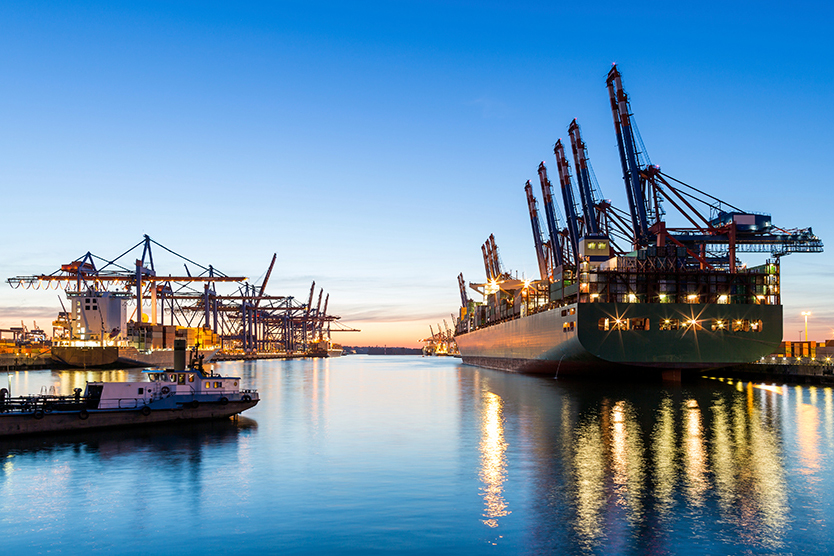Application
Marine Industry

Castings are vital to the marine industry, where components must endure harsh environments, including exposure to saltwater, high pressures, and extreme temperatures. Their adaptability, strength, and resistance to corrosion make castings an essential choice for various applications in ships, offshore platforms, and other marine structures. Below are the key applications of castings in the marine industry:
Propulsion Systems
- Propellers: Marine propellers are commonly cast from bronze or other corrosion-resistant alloys, offering durability and efficiency in propulsion.
- Shafts and Couplings: Castings are used to produce propulsion shafts and couplings that transmit power from engines to propellers while withstanding high loads and vibrations.
Hull and Structural Components
- Anchor and Mooring Equipment: Cast iron and steel are used for manufacturing anchors, mooring bollards, and chain links, ensuring reliable performance under heavy loads and harsh conditions.
- Keels: For sailing vessels, cast lead or iron keels provide stability and balance, allowing efficient navigation through rough waters.
Engine and Machinery Parts
- Cylinder Heads and Blocks: Castings are essential for marine engines, with cylinder heads and blocks made from durable materials to withstand high temperatures and pressures.
- Gearbox Housings: Cast metal housings protect the internal components of gearboxes used in marine engines and winches.
Pumps and Valves
- Pump Housings: Castings are widely used for pump casings in bilge, ballast, and cooling systems, providing corrosion resistance and long-term reliability.
- Valve Bodies: Cast valve components ensure efficient control of fluid flow in critical systems, including water intake and discharge lines.
Offshore Platforms
- Structural Supports: Castings are employed in the production of structural supports for offshore drilling rigs and oil platforms, where strength and resistance to marine corrosion are critical.
- Anchor Systems: Cast anchors and anchoring components are used to secure offshore platforms and floating structures.
Deck Equipment
- Winches and Capstans: Castings are integral to the manufacture of winches and capstans used for handling ropes, chains, and anchors.
- Hinges and Fasteners: Cast metal hinges, cleats, and other fasteners provide durability and corrosion resistance for deck operations.
Marine Hardware
- Rudders and Steering Gear: Cast rudder components and steering mechanisms are critical for vessel maneuverability, requiring precision and robust construction.
- Fittings and Mounts: Castings are used for various marine hardware, including brackets, railings, and mounts for onboard equipment.
Corrosion-Resistant Applications
- Cathodic Protection Systems: Cast anodes made from zinc, aluminum, or magnesium alloys are widely used to prevent galvanic corrosion of ship hulls and offshore structures.
- Seawater Filters and Strainers: Cast components are employed in seawater intake systems to protect machinery from debris and ensure efficient operation.
Specialized Vessels
- Submarine Components: Castings are used in critical parts of submarines, including hull penetrations and ballast system components, where strength and pressure resistance are essential.
- Dredging Equipment: Cast parts like pump casings, cutter heads, and suction pipes are vital for dredgers used in marine excavation and reclamation projects.
